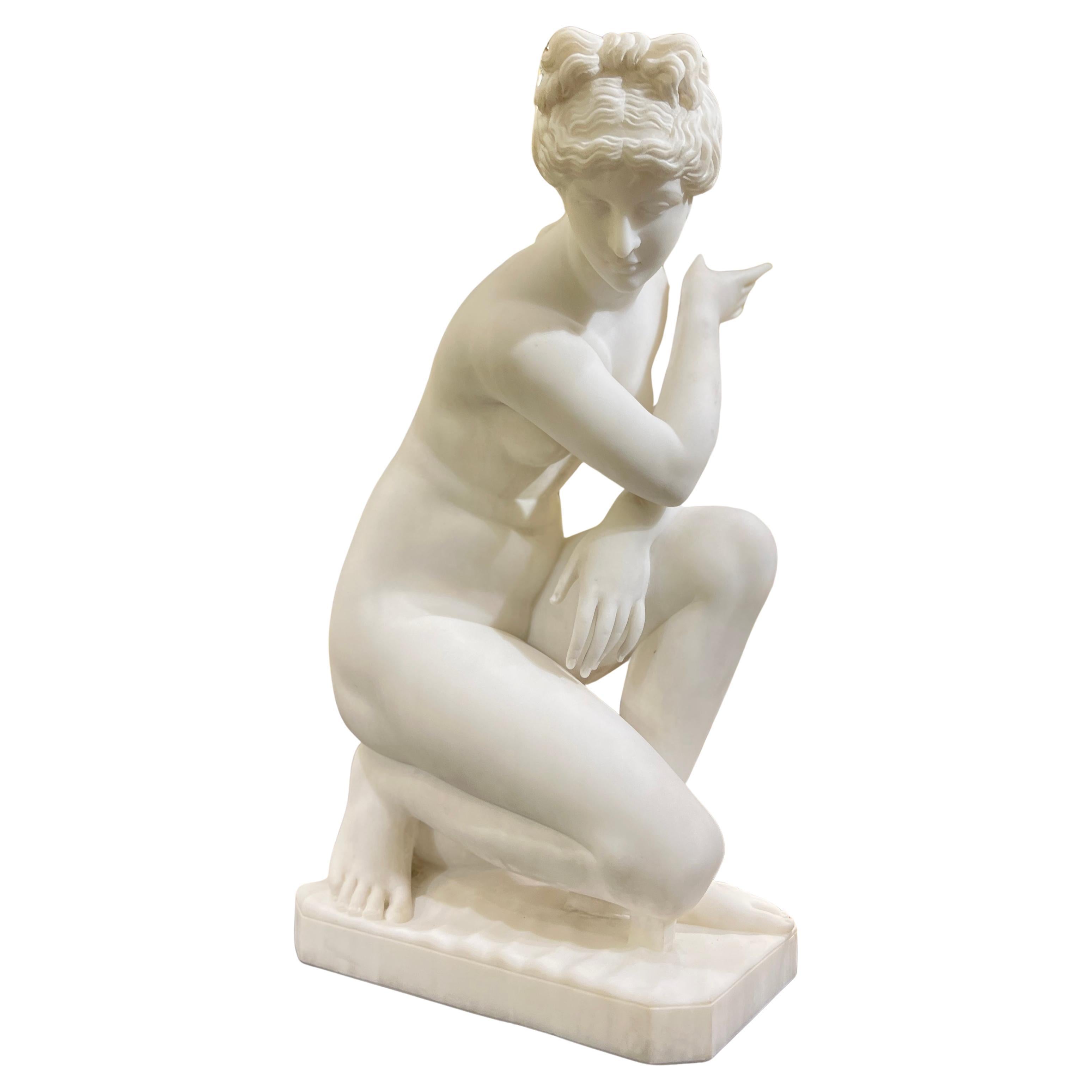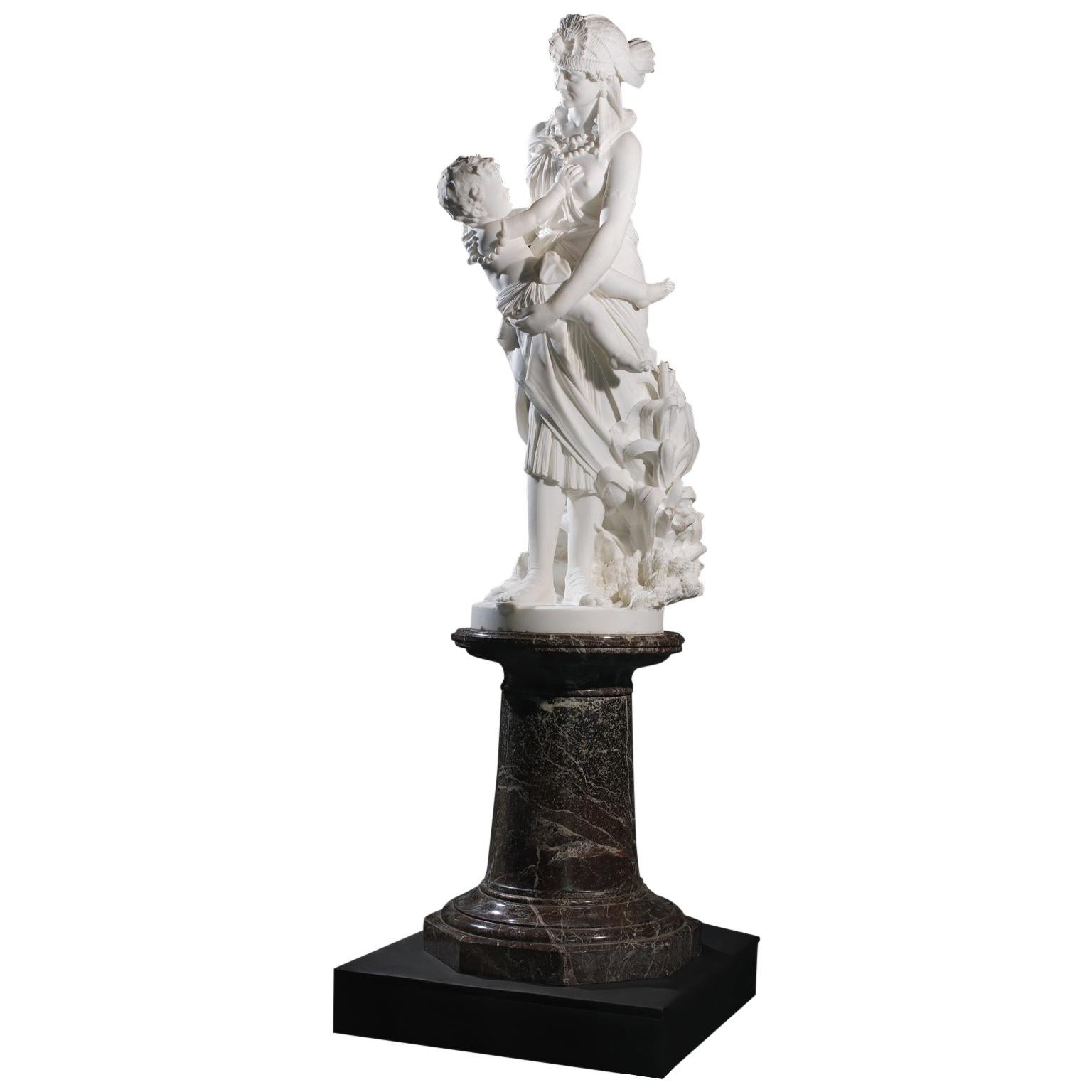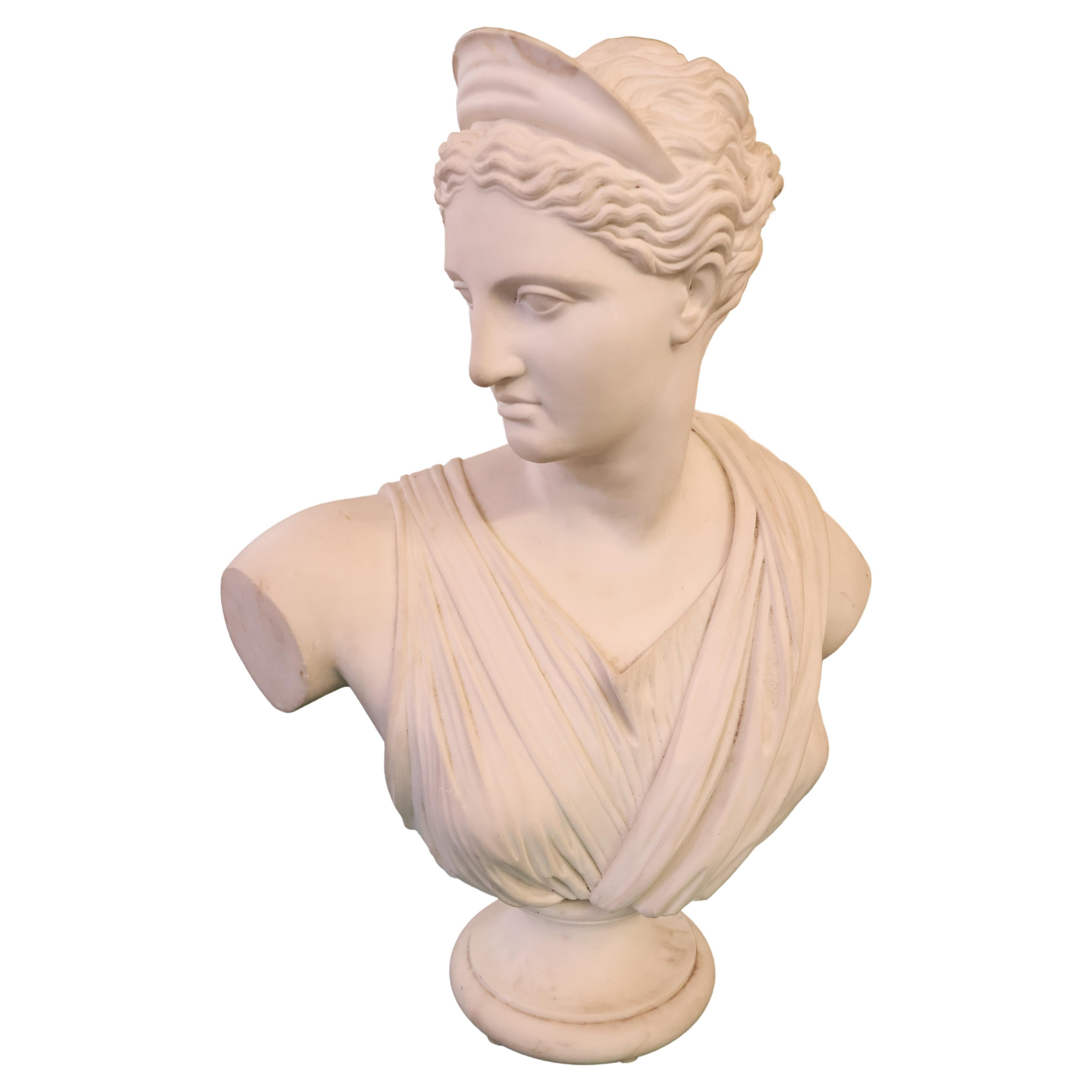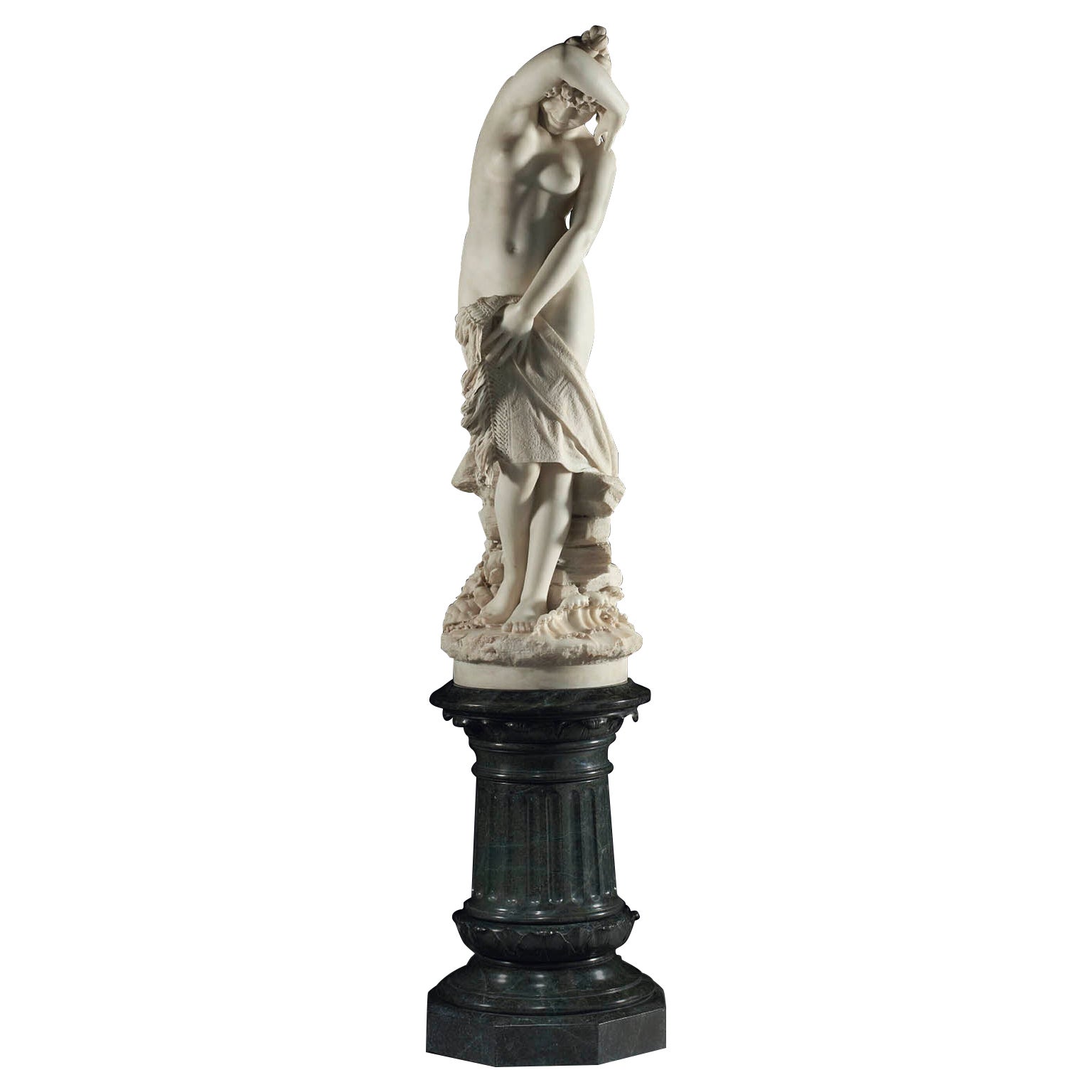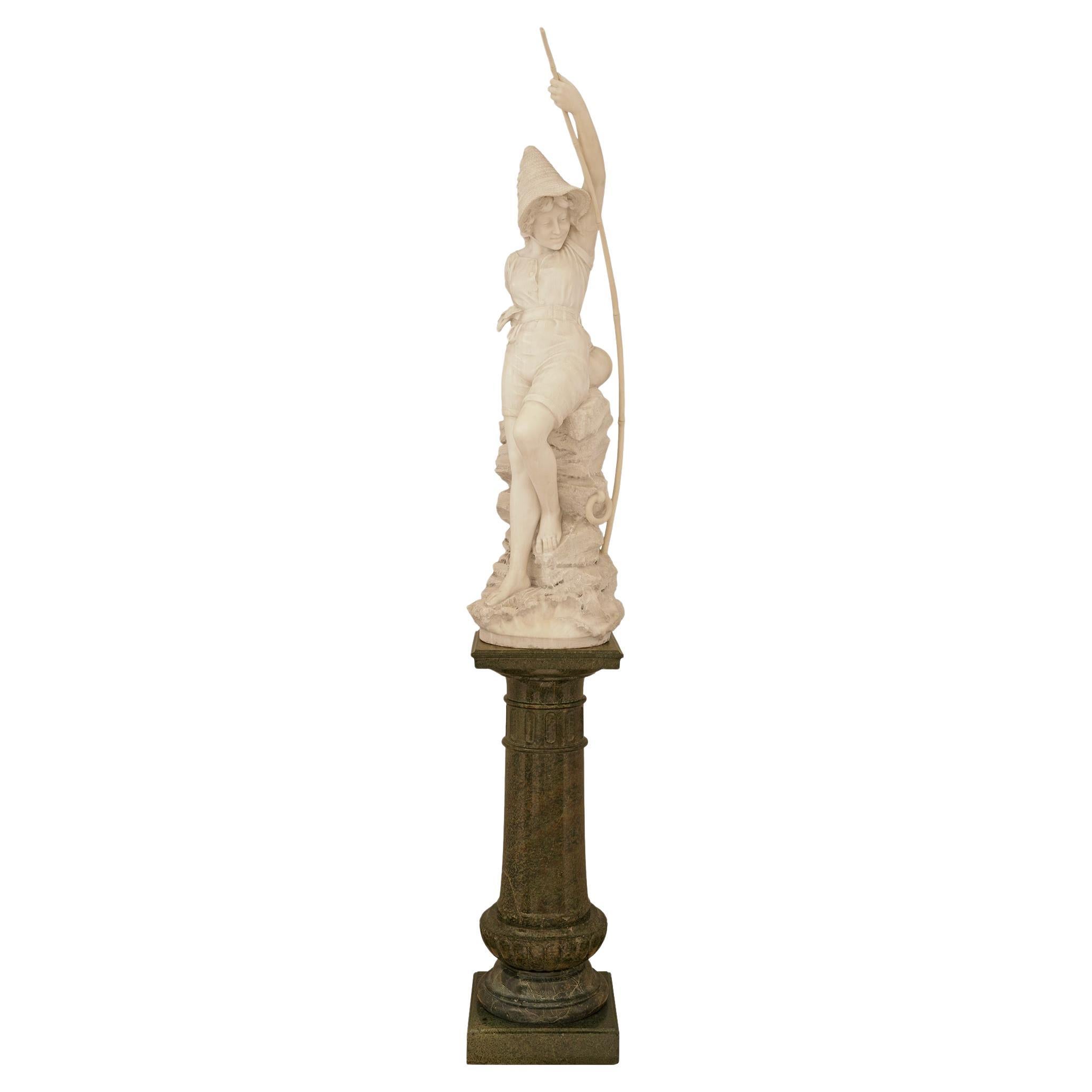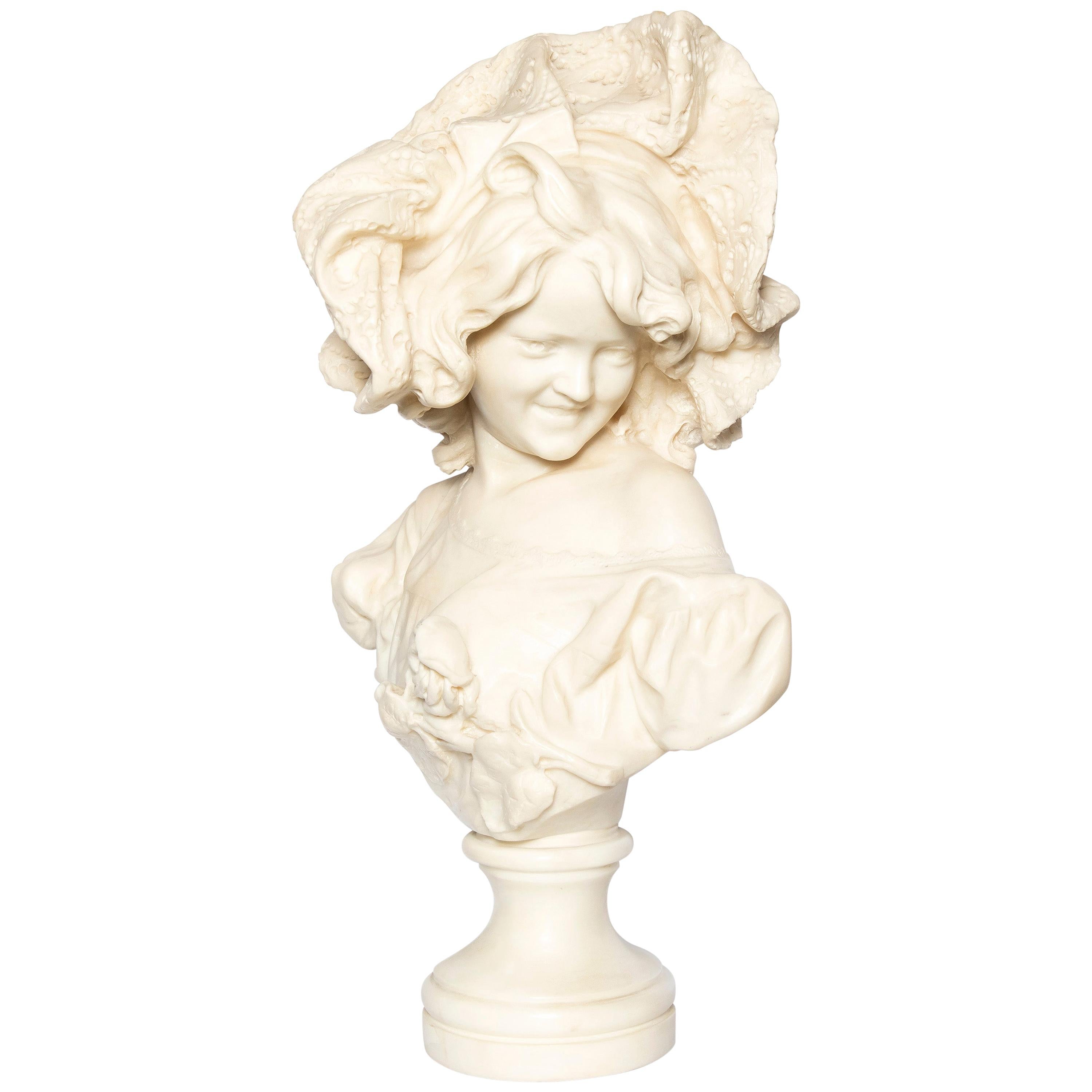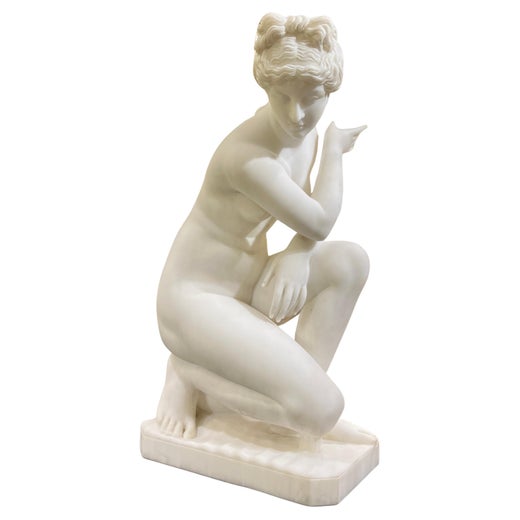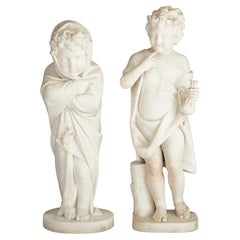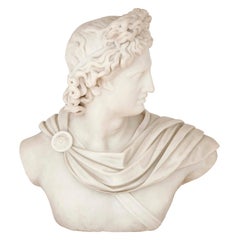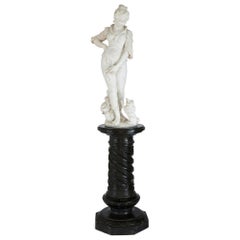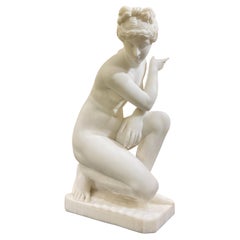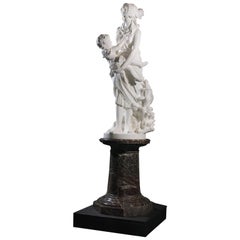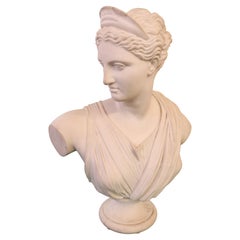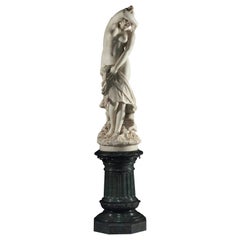Large Italian Marble Sculpture by Pietro Bazzanti
About the Item
- Creator:Pietro Bazzanti (Sculptor)
- Dimensions:Height: 41.34 in (105 cm)Width: 17.72 in (45 cm)Depth: 15.75 in (40 cm)
- Style:Neoclassical (In the Style Of)
- Materials and Techniques:
- Place of Origin:
- Period:
- Date of Manufacture:Late 19th Century
- Condition:
- Seller Location:London, GB
- Reference Number:Seller: 164931stDibs: LU956319529122
Pietro Bazzanti
Pietro Bazzanti specialized in allegorical and genre subjects as well as copies of antique and Renaissance sculpture. Regarded as one of the most talented sculptors of his day, his studio in Florence became a center for other important sculptors such as Ferdinando Vichi, Cesare Lapini and Guglielmo Pugi. Many of these sculptors' works are inscribed Galleria Bazzanti.
- ShippingRetrieving quote...Shipping from: London, United Kingdom
- Return Policy
More From This Seller
View AllAntique Late 19th Century Italian Rococo Figurative Sculptures
Carrara Marble
Antique Late 19th Century Italian Neoclassical Figurative Sculptures
Marble
Antique 19th Century Italian Classical Roman Figurative Sculptures
Marble, Carrara Marble
Antique Late 19th Century Italian Figurative Sculptures
Marble
Early 20th Century French Neoclassical Busts
Marble, Bronze, Ormolu
Antique Late 19th Century French Neoclassical Busts
Marble
You May Also Like
Antique Late 19th Century Italian Neoclassical Figurative Sculptures
Carrara Marble
Antique Late 19th Century Italian Figurative Sculptures
Marble
Antique Late 19th Century Italian Classical Roman Busts
Carrara Marble
Antique Late 19th Century Italian Greco Roman Figurative Sculptures
Marble, Carrara Marble
Antique 19th Century Italian Figurative Sculptures
Marble, Carrara Marble
Antique Late 19th Century Italian Belle Époque Busts
Carrara Marble
Recently Viewed
View AllRead More
Exquisite Sèvres Porcelain Brings More to the Table than Dishes
The elegant ceramics represent the best of French artistry and innovation.
What Is Ormolu, and Why Are We Talking about It?
This golden material glamorized neoclassical furnishings and transformed upper-crust sitting rooms from France to Philadelphia in the 18th and early 19th centuries.
